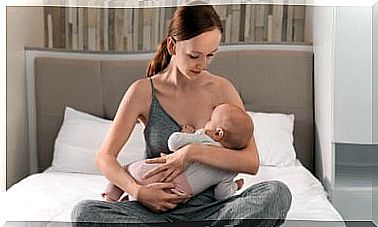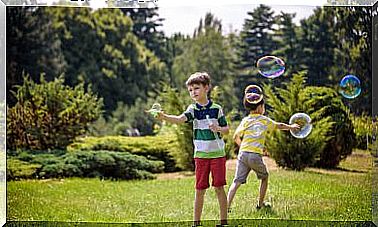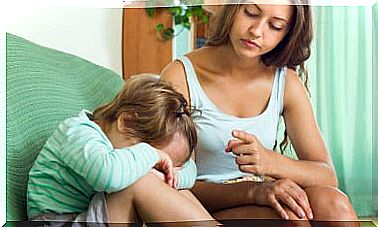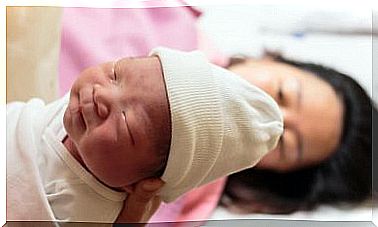Cleaning The Umbilical Cord
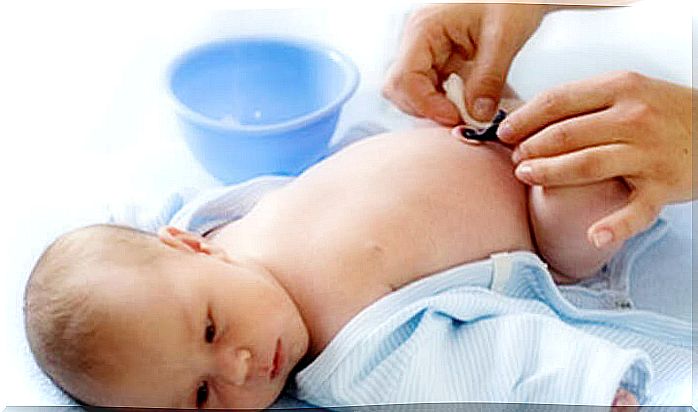
Caring for a newborn’s cord during and after birth can reduce infections and infant deaths. Cleaning it is a simple and fast task but also delicate and very important. You must make it confident, calm, because there are no nerve endings in the umbilical cord so, unless it becomes infected, the baby will not feel pain.
When your baby’s umbilical cord that held them together for nine months is cut, a stump remains on his body that must dry, heal, and come off on its own. During this healing process, the cord should be kept as clean and dry as possible. It is important to be careful in this period, which can be extended for about 15 days.
Specialists especially recommend that the baby’s parents keep the cord very clean, because when it is drying there is a high risk of infection because the exposed vessels facilitate the entry of germs into the body. This can quickly lead to serious, life-threatening infection for the baby. This caveat should not unnerve you as this process is quick and easy.
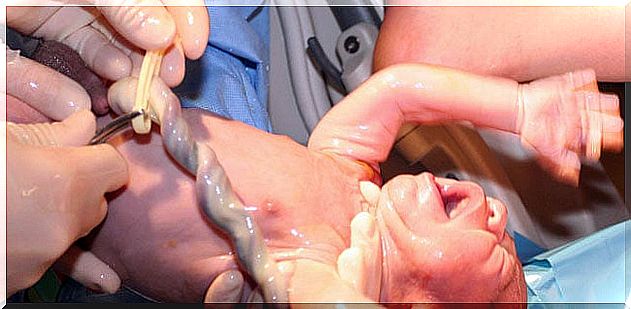
What you should know about your baby’s umbilical cord
- The umbilical cord should dry out and fall off when the baby is about 5 to 15 days old.
- There are specialists in the health area who recommend cleaning it only with gauze and water, however there are those who do it with a disinfectant such as alcohol, physiological solution or another antiseptic product. You can ask your pediatrician what his recommendation is.
- Some pediatricians recommend that you bathe your baby with a sponge during this period. And that you do not immerse it in a bathtub with water until the cord has fallen off, but it is also a tip that you can consult.
- Clean and dry the umbilical cord every time you change your baby’s diaper. And try to keep the area ventilated, for this you can use the special diapers for newborns.
- Let the lace fall off naturally. Never try to pull it, even if it’s just hanging by a thread.
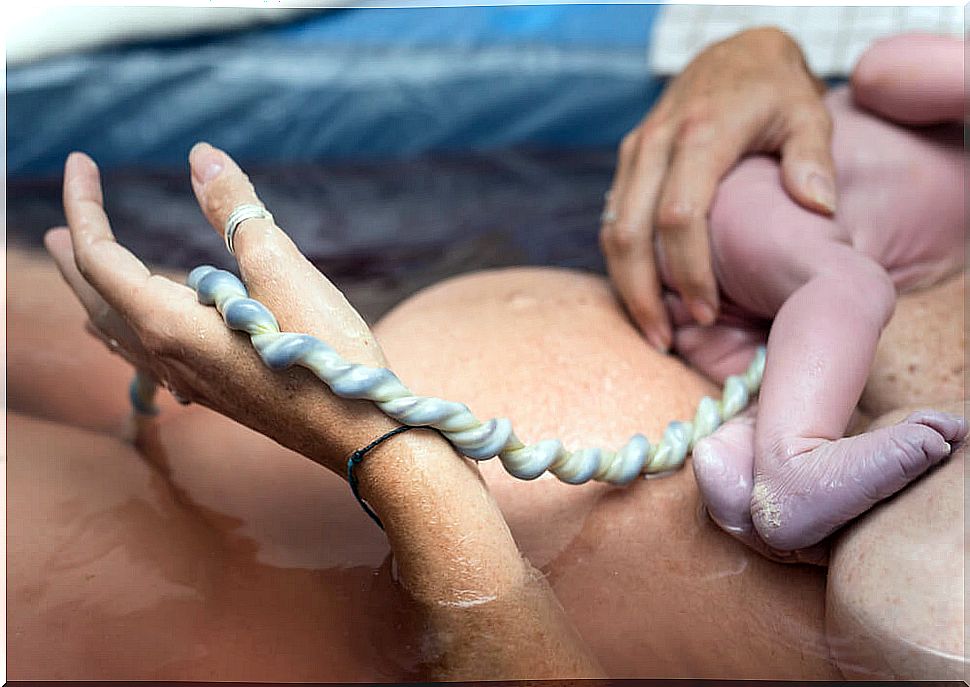
How should be the cleaning of the cord?
- First of all it is always good to have everything you use to clean the cord on hand. This way the task will be faster and easier. Once this is done, wash your hands with water and disinfectant soap so you will maintain the asepsis of the cure.
- The best position to clean your baby’s cord is when he is lying down. When you have it like this, apply water or a medical disinfectant to the cord and its surroundings to prevent the area from becoming infected. Then clean the area with gauze or cotton swabs.
- It is possible that the baby will cry, that usually happens because the disinfectant or alcohol you are applying is cold, not because the navel hurts or what you do.
- Always make sure that the diaper exposes the cord area, this will help it dry faster.
It is also very important that during this daily task you are very attentive to the signs of infection a local infection in the cord.
These signs include:
- Yellowish, foul-smelling discharge from the cord.
- Redness, swelling, or tenderness of the skin around the umbilical cord.
It’s also good to know the signs of a more serious infection. If you detect them, you should contact the baby’s pediatrician as quickly as possible. These signs are:
- Poor diet
- A fever of 100.4 ° F (38 ° C) or higher
- Lethargy
- Poor, flabby muscle tone
Aspects to consider in umbilical cord care
If the cord is pulled or bumped, active bleeding can start, meaning that every time one drop of blood is wiped, another appears. If this happens to you, call your doctor immediately.
You also need to know that sometimes, instead of drying out completely, the cord will form pink scar tissue, called a granuloma.
This granuloma drains a clear, yellowish fluid. This often goes away in about a week. If it doesn’t, you also need to call your baby’s pediatrician. You should do the same if the cord hasn’t fallen off in four weeks or a month; This could indicate that there is a problem with the baby’s anatomy or immune system.





